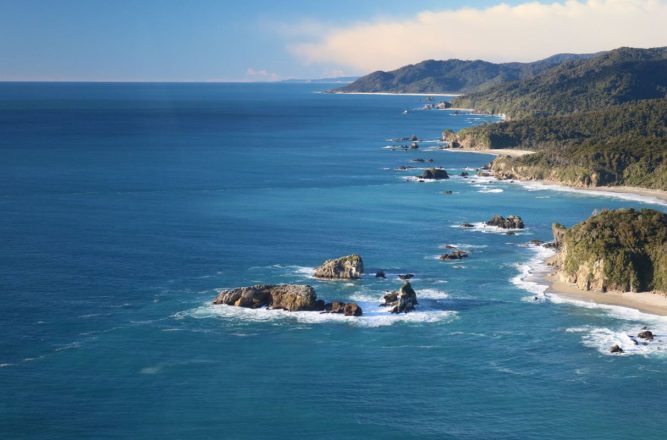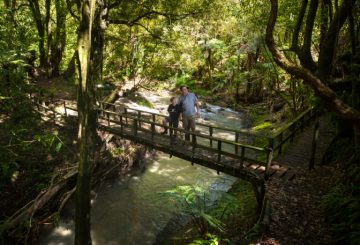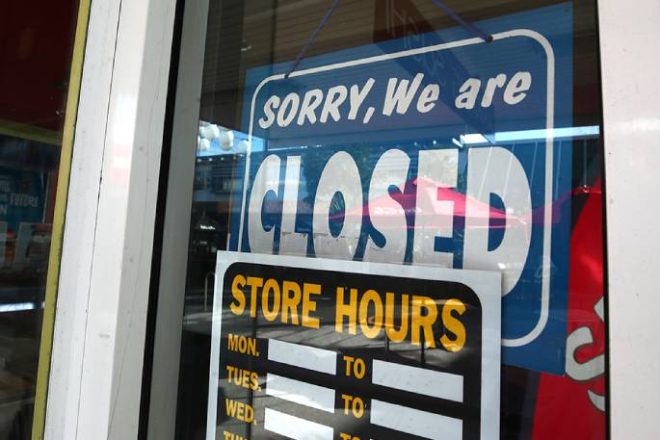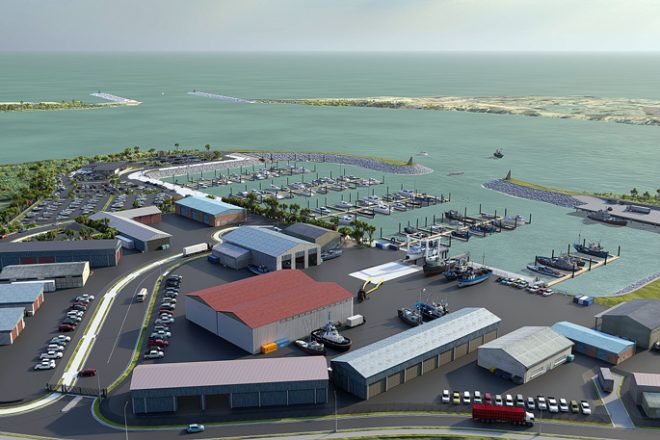Một chiến dịch tuyển dụng đang cố gắng khuyến khích nhân viên y tế chuyển đến Bờ Tây.
Chiến dịch này, được phát động bởi Development West Coast, nhằm mục đích thu hút mọi người ra khỏi các thành phố lớn với lời hứa về tốc độ sống chậm hơn và gần gũi với môi trường tự nhiên.
Giám đốc điều hành phát triển West Coast Heath Milne nói rằng họ muốn đưa ra một cái gì đó một chút khác biệt.
Video chiến dịch khuyến khích bất cứ ai muốn trở thành một “chiến binh trong tuần” – khám phá các đường ray, sông, bãi biển và núi non – không chỉ là một ‘chiến binh cuối tuần ‘, để xem xét động thái này.
[the campaign is]Milne nói với RNZ News: “Cả thế giới đang theo đuổi các nhân viên y tế và những người lao động khác, vì vậy hơi kỳ quặc và nó tập trung vào những người có thể phù hợp với Bờ biển phía Tây trái ngược với việc tập trung vào những gì họ sẽ làm khi họ đến đây.Milne cho biết có một sự thiếu hụt lớn nhân viên y tế trong khu vực.
“Sự cần thiết là bây giờ. Chúng tôi biết rằng khi chúng tôi bắt đầu có 50 vị trí tuyển dụng cho y tá một mình trên bờ biển. Có những nhân viên chăm sóc sức khỏe khác cũng được yêu cầu, vì vậy này, mục tiêu là càng nhiều càng tốt.”
Development West Coast có kế hoạch mở rộng chiến dịch để bao gồm các ngành công nghiệp khác trong những tháng tới.
“Tổng dân số của Bờ biển là 32.000 người. Nếu tôi phải đặt một con số trên đó, tôi có thể nói rằng đó là từ 500 đến 1000 việc làm có sẵn ở đây trên bờ biển,” Milne nói.
“Nếu bạn thích thú ngoài trời, nếu bạn thích không phải dành nhiều thời gian trong giao thông, nếu bạn thích những đội bóng nhỏ thực sự sáng tạo, thì Bờ biển là nơi thích hợp.”





















































-660x440.jpg)


